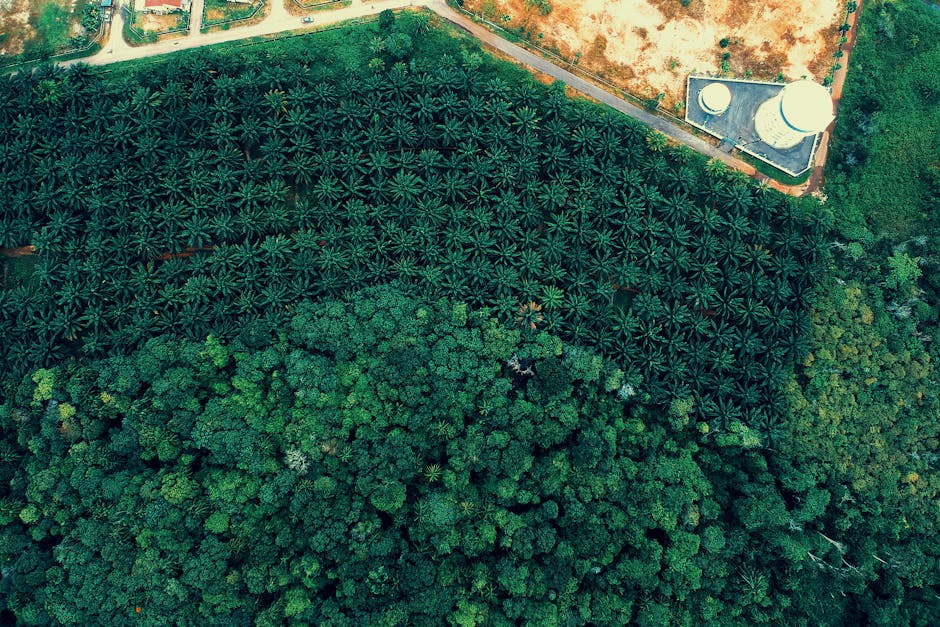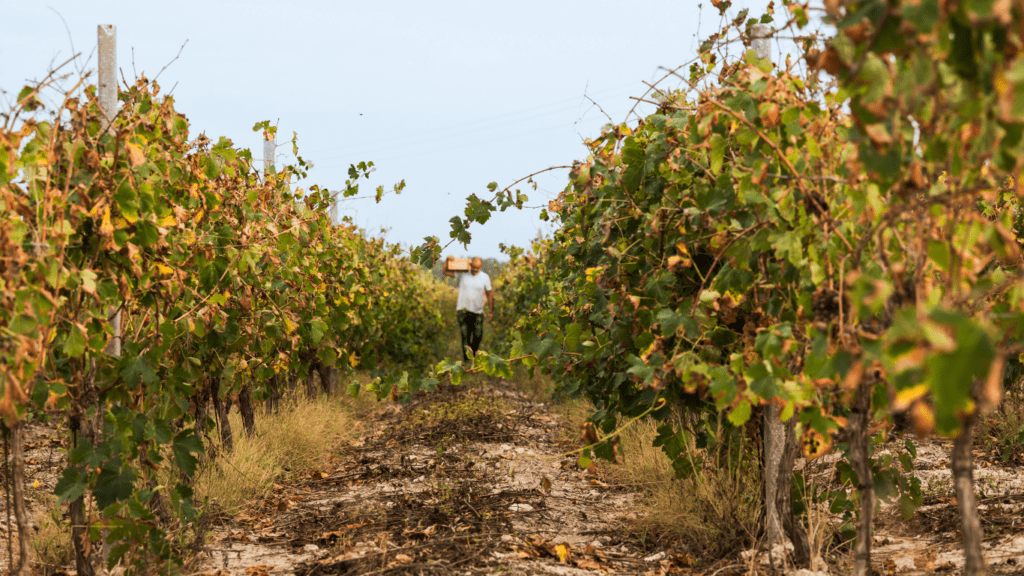Changing Weather, Changing Yields
Climate change isn’t just a slow drip it’s a jolt to the farming calendar. Rising temperatures are throwing off planting and harvesting rhythms. Rainfall’s become less predictable, which messes with everything from seed germination to irrigation planning. For crops that depend on seasonal timing, like wheat or rice, even a slight shift can undercut yields.
Then there’s the scale of extreme weather. Droughts in one region, floods in another, and record breaking heatwaves stretching longer each year. These events are no longer exceptions they’re the new baseline. That means more failed harvests, unstable output, and less reliable income for farmers across continents.
These local disruptions ripple outward. Global food supply chains already strained post pandemic get more brittle when major producers falter. Prices jump, shipping gets squeezed, and consumers everywhere feel it at the checkout line. In short, climate isn’t just messing with the weather. It’s reshaping the economics of food, from soil to supermarket.
Financial Pressure on Farmers
Climate change isn’t just a weather problem it’s a financial one, especially for the people who grow our food. As rainfall patterns become less predictable and temperatures swing more wildly, the cost of farming is going up. More irrigation means higher water bills. Pest populations are shifting, requiring heavier and often more expensive control measures. Insurance premiums? They’re climbing too, as risk becomes harder to predict.
At the same time, productivity is taking a hit. Blistering heat, poorly timed frosts, and extreme weather events don’t just damage crops they lower quality and yield. Put all that together, and profit margins shrink fast. For large commercial operations, the squeeze hurts. But for smallholder farms the backbone of agriculture in many regions it can be devastating. Fewer assets, less access to credit or tech, and smaller buffers make recovery harder when losses stack up.
Farming has always involved risk. But climate change is turning the dial up and it’s small scale growers who are feeling it first and worst.
More insights on the economic farming impact
Shifting Agricultural Landscapes

Climate change isn’t just tweaking the weather it’s redrawing the map for global agriculture. Traditional crop zones are moving, fast. What used to grow well in one region might now struggle under longer droughts or unseasonal rains. In response, farmers are adapting crops to new altitudes, latitudes, and timelines.
Some places like higher elevations or cooler northern latitudes are seeing short term gains. Longer growing seasons and warmer temperatures mean new opportunities, at least for now. But elsewhere, the losses are piling up. Areas once known for rice, wheat, or coffee are becoming unreliable, with yields falling and risks climbing.
For countries built on ag exports, this is a slow moving crisis. As growing regions shift or shrink, trade networks face pressure. Supply inconsistencies create ripple effects unstable prices, lost revenue, and market uncertainty. Adaptation isn’t optional anymore; it’s the price of staying in the game.
Global Ripple Effects
Food Price Volatility: Local Choices, Global Consequences
Climate induced disruptions to farming don’t stop at the field they ripple across markets worldwide. As harvests become less predictable, supply drops and demand pressures drive sharp price swings.
Droughts and floods can spike prices overnight
Export bans during shortages increase global scarcity
Consumers face higher costs, especially in import reliant countries
Implication: Food price instability can stoke economic stress, deepen inequality, and even fuel political unrest in vulnerable regions.
Economic Migration from Agricultural Communities
With land becoming harder to farm and income falling, many rural workers are leaving agriculture behind. This internal and cross border migration affects both their communities and the wider economy.
Loss of labor weakens rural economies further
Cities face rising pressure from incoming job seekers
Traditional farming knowledge risks vanishing
Long term risk: Entire regions may shift away from farm based identities, creating social and economic dislocation.
Trade Tensions and Food Security Policies
As climate shocks affect agricultural output, nations are rethinking where and how they secure food. Some are hoarding supply through export restrictions, while others are investing abroad.
Countries prioritize domestic food security over free trade
Export restrictions raise international tensions
Resource intensive nations look outward to secure staples
Result: The global food system becomes more fragmented and competitive, challenging open markets and cooperation.
Key Takeaway: Climate challenges in agriculture don’t stop at the farm gate. They nudge economies, shift populations, and test international diplomacy. Understanding this broader impact is key to building a more resilient global food future.
Innovations and Solutions Worth Watching
Farming in a changing climate isn’t just about reacting it’s about building smarter systems that hold up when the weather doesn’t. That starts with crops that can take the heat (and drought, and flood). Climate resilient varieties designed to survive harsher conditions are already shifting the game. When paired with regenerative practices like cover cropping and no till farming, the land holds water better, stays healthier, and produces longer.
It’s not just about soil, though. Tech is lending a hand, too. Precision ag tools drones, satellite imaging, smart irrigation help farmers squeeze more out of each acre while using less. That matters when every input is a cost.
Still, climate swings mean income swings. That’s where adaptive insurance models and updated relief programs come in. More governments and private firms are stepping in with systems that trigger payouts based on rainfall data or temperature trends, not red tape. That kind of support gives farmers one less thing to gamble on.
But the strongest thread in all of this? Farmers leading the charge. From co ops experimenting with new methods to grassroots innovation hubs in rural areas, adaptation is coming from the ground up. And when local resilience builds, rural economies start to bounce back.
Explore deeper solutions on the economic farming impact
What Comes Next
Climate change isn’t local. It’s global. And so are the solutions starting to take shape. Governments, NGOs, and multilateral institutions are beginning to form more aligned strategies around climate smart agriculture. That means more research backed practices, more shared data, and funding that supports not just yields but long term resilience. We’re seeing joint initiatives across borders especially in tech driven farming and sustainable land use to help farmers adapt faster and smarter.
At the same time, policy makers are under pressure. It’s not just about feeding growing populations it’s about doing it in ways that don’t drain water tables or cripple ecosystems. The new challenge is dual: produce more, pollute less. That balancing act is creeping into subsidy structures, trade agreements, and even insurance requirements.
The bottom line? Farms that pivot early those investing in regenerative methods, reducing emissions, or experimenting with new crops might be tomorrow’s leaders. In the next green economy, adaptability isn’t a bonus. It’s survival and it might just be advantage.



